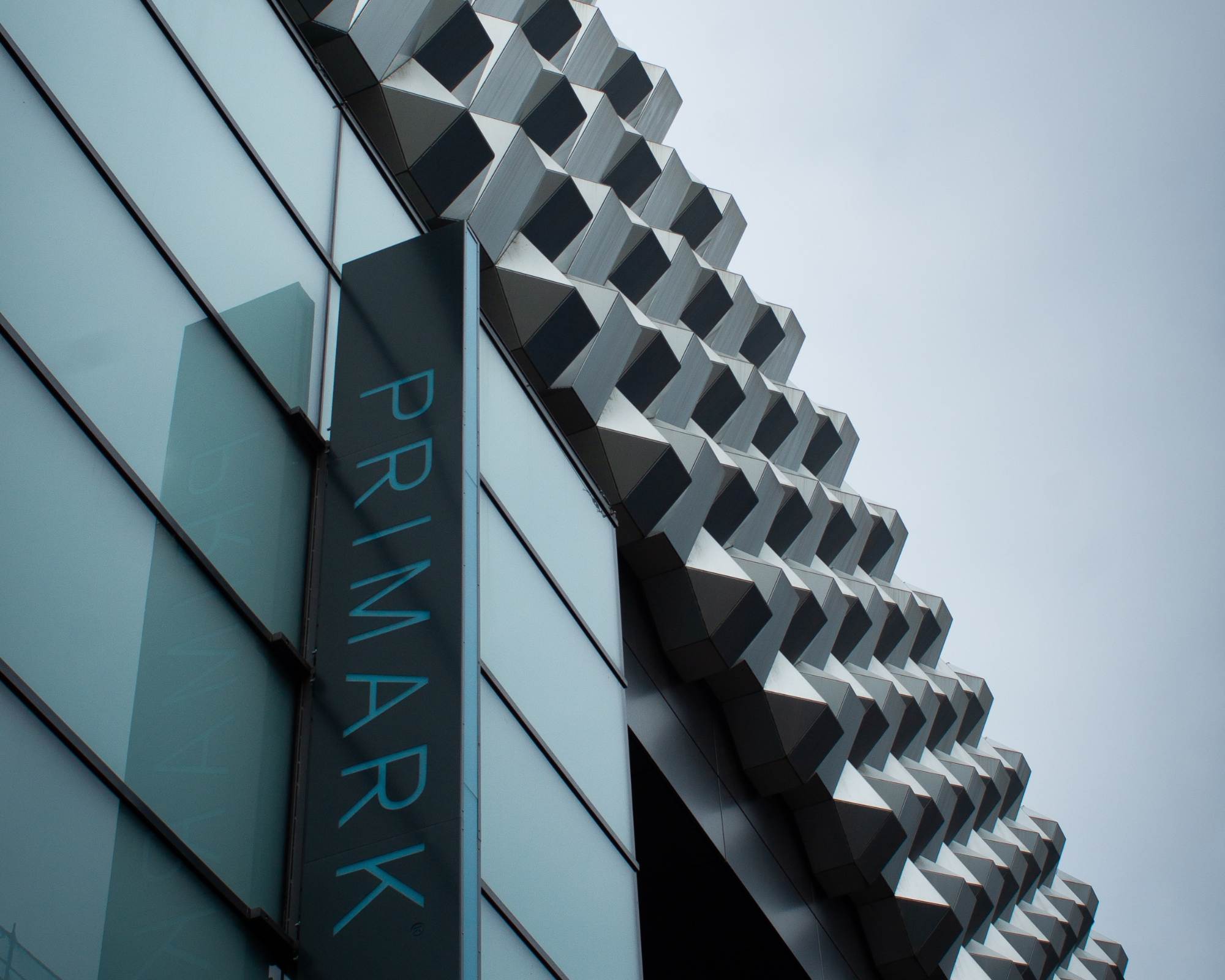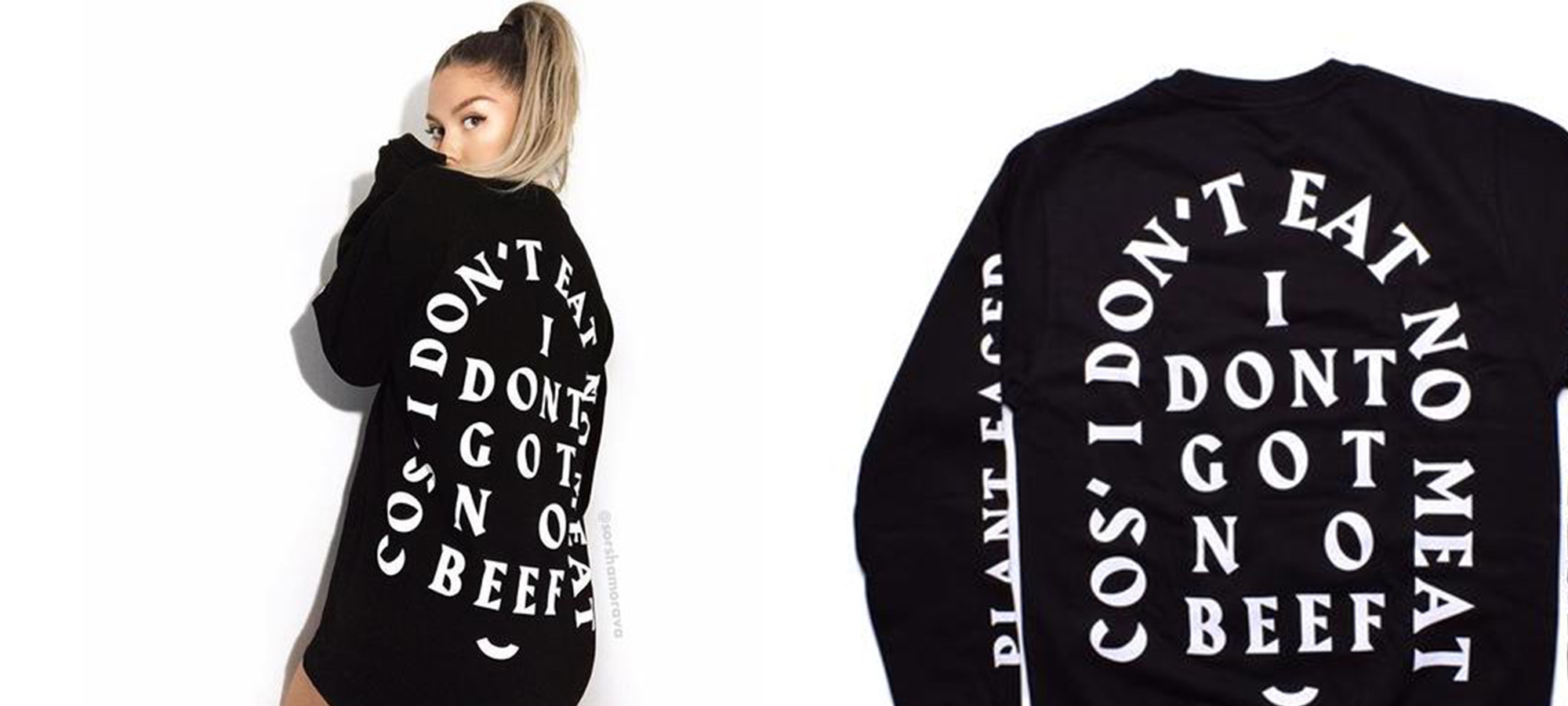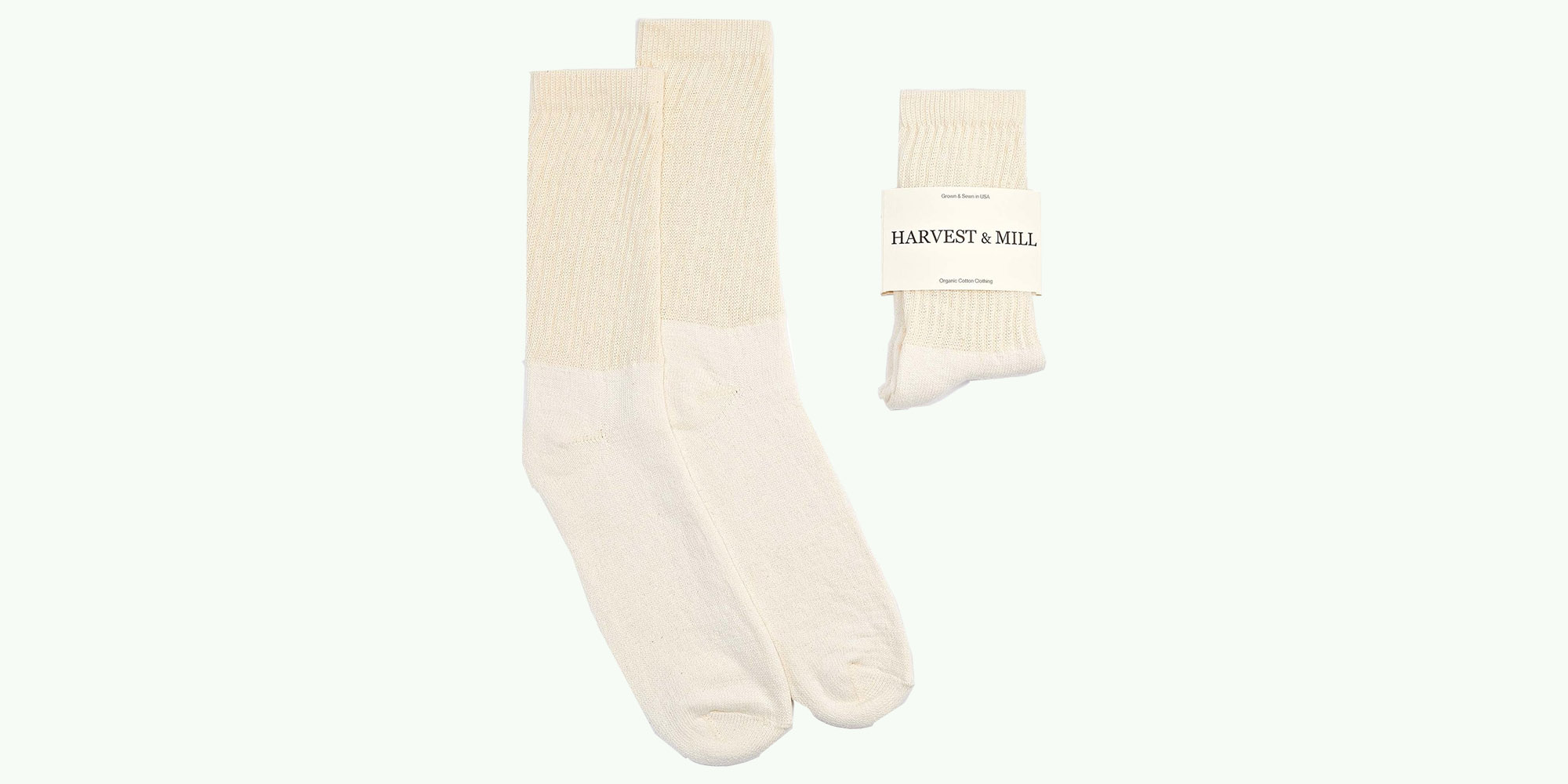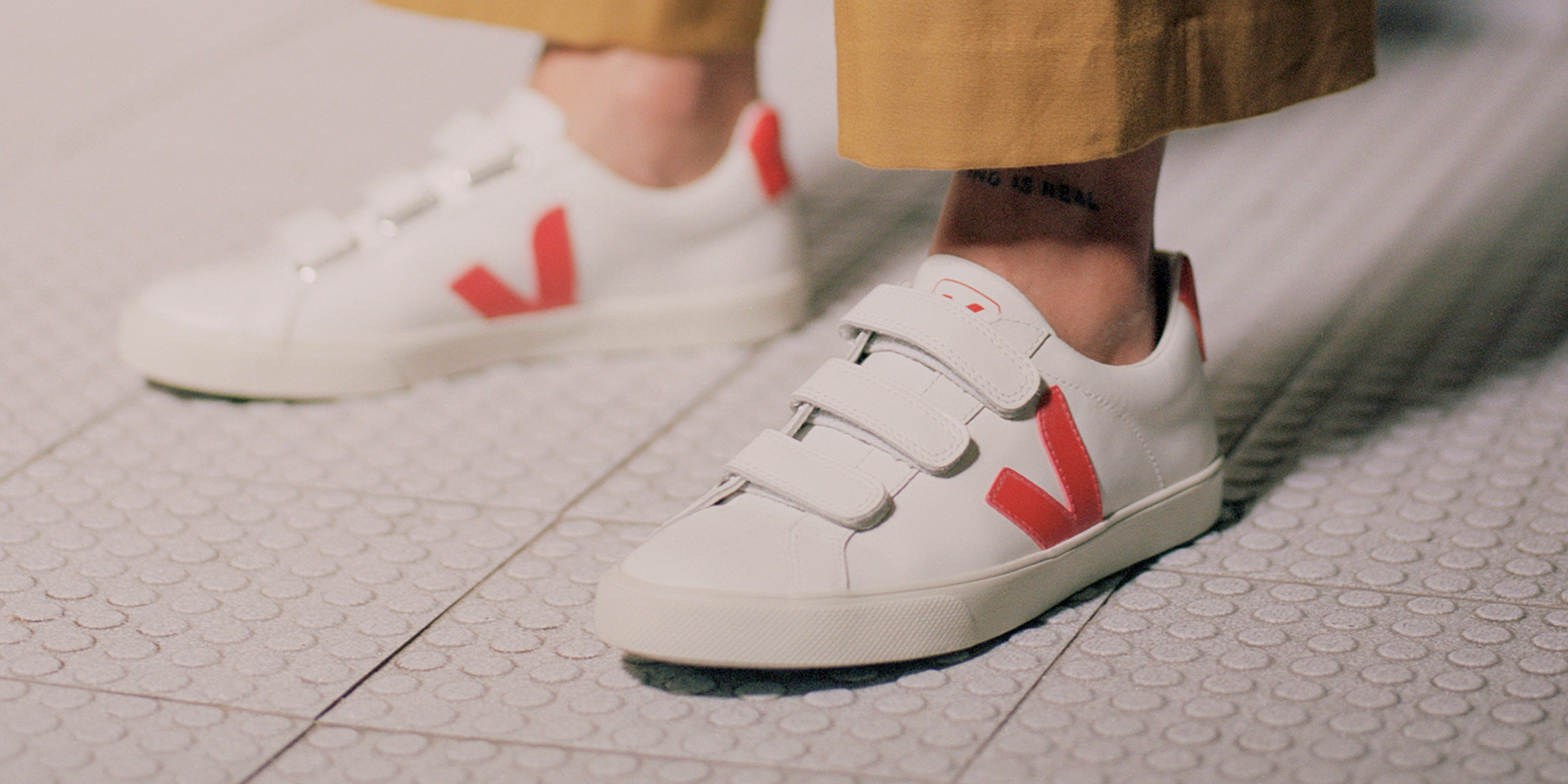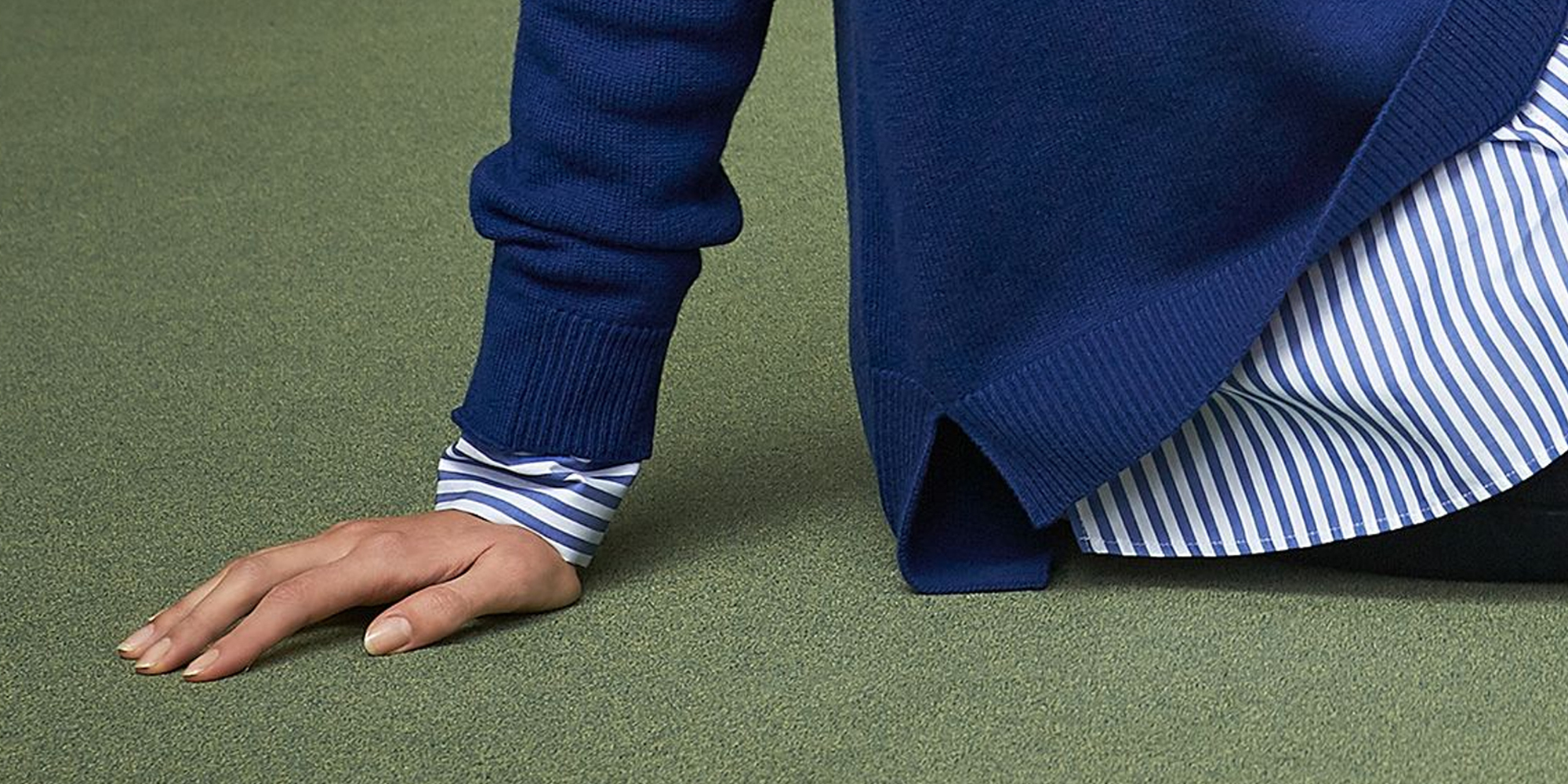Our editors curate highly rated brands that are first assessed by our rigorous ratings system. Buying through our links may earn us a commission—supporting the work we do. Learn more.
Popular chain department store Primark may be trendy and affordable, but can workers and the planet afford the way they do business? How ethical is Primark? This article is based on the Primark rating published in May 2023 and may not reflect claims the brand has made since then. Our ratings analysts are constantly rerating the thousands of brands you can check on our directory.
The problem with Primark
Irish fast fashion chain Primark is known and loved around the world for its range of on-trend clothing, footwear, accessories, and homewares for men, women, and children at astonishingly low prices.
But does its super cheap price tags belie larger costs to the environment, workers, and animals? We investigated for you to answer the question—how ethical is Primark?
Environmental impact
First, there are a few positive steps Primark has taken, though they’re primarily peripheral to their business model. Like a lot of other brands, Primark is a member of the Sustainable Apparel Coalition. It has been using paper bags instead of plastic bags since 2002, and has also introduced initiatives to reduce waste and packaging. The brand also committed to eliminate hazardous chemicals in its products—a commitment it made for 2020 as part of the Greenpeace Detox campaign—but there is no evidence it is on track to meet its target. Primark uses some lower-impact materials in its products, including recycled materials. But as with most fast fashion brands, Primark’s growing reliance on recycled polyester isn’t inherently sustainable and has many pros and cons.
Ultimately, the biggest flaw with Primark is its business model, which relies on overproducing mass quantities of cheap garments which then end up in landfills and cause environmental problems around the world. Unfortunately, we found no evidence it minimises textile waste in its supply chain. And, while the fast fashion retailer offers clothing recycling to consumers, it doesn’t report on its results.
Primark’s environmental initiatives are small steps in the right direction, but they just aren’t enough to minimise the brand’s huge carbon footprint as a fast fashion giant, which is why it receives a score of “Not Good Enough” for the planet.
Labour conditions
Primark has taken some positive steps towards improving its practice when it comes to workers, but there is still much room for improvement. The brand is a signatory to the Bangladesh Accord on Fire and Building Safety and the Cotton Pledge, which commits to boycotting Uzbekistan cotton. Primark is also a member of the Ethical Trading Initiative (ETI) and has adopted their Code of Conduct. However, the code does not ensure payment of a living wage.
Though the brand has taken some positive steps, the fact that Primark, like so many other fast fashion brands, does not own its own factories and outsources manufacturing to its suppliers means that despite all that talk of responsible practice and auditing, it does not control its supply chain and can therefore effectively shrug off any responsibility for factory workers and any labour issues that may be occurring. On top of that, it received a score of 31-40% in the 2022 Fashion Transparency Index, and it discloses inadequate policies or safeguards to protect suppliers and workers in its supply chain from the impacts of COVID-19. For these reasons, we have given Primark a score of “Not Good Enough” for people, too.
Primark can improve its score in this area by being more transparent when it comes to its suppliers and auditing practices, as well as paying its workers a living wage and improving health and safety in factories.
Animal welfare
Primark is a member of the Leather Working Group, which promotes more sustainable practices in the leather industry, and does not use fur, angora, down feather, or exotic animal skin in its products. However, it does use leather and wool without stating its sources, and there is no evidence it traces any animal product to the first stage of production. This is problematic for both our furry friends and factory workers as their wellbeing cannot be guaranteed. Primark could improve its score in this area by stating where its leather and wool are sourced from so consumers can make an informed decision. Until then, it receives “Not Good Enough” here, too.
Overall rating: ‘Not Good Enough’
Overall, we rate Primark “Not Good Enough”. Primark has implemented a number of initiatives to use more responsible materials, has signed the Bangladesh Accord and Cotton Pledge, and has adopted the ETI Code of Conduct, which are all commendable steps—but the brand still has a long way to go.
Ultimately, the fact that Primark’s business model is based on creating huge amounts of short-lived, poorly-made fast fashion products inherently contradicts the values of responsible fashion and spells nothing but bad news for the environment, workers, and animals.
Note that Good On You ratings consider hundreds of issues, and it is not possible to list every relevant issue in a summary of the brand’s performance. For more information, see our How We Rate page and our FAQs.
So instead of buying cheap, poorly-made clothes that are costly to the environment and garment workers, why not give Primark a miss and invest your hard-earned dollars in one of these well-made, better brands rated “Good” or “Great”?
Good swaps
See below for some “Good” and “Great” alternatives to Primark. If affordability is a concern for you, why not check out our article that answers the question “is more ethical clothing really expensive?“. For those of you living week to week who can’t afford to pay more up front—we get it. Everyone is on their own journey, and there is nothing wrong with shopping from more affordable mainstream brands that are at least making a start, like H&M or Uniqlo. However, our article on more affordable responsible brands is also worth checking out first, as well as shopping second hand wherever possible.




